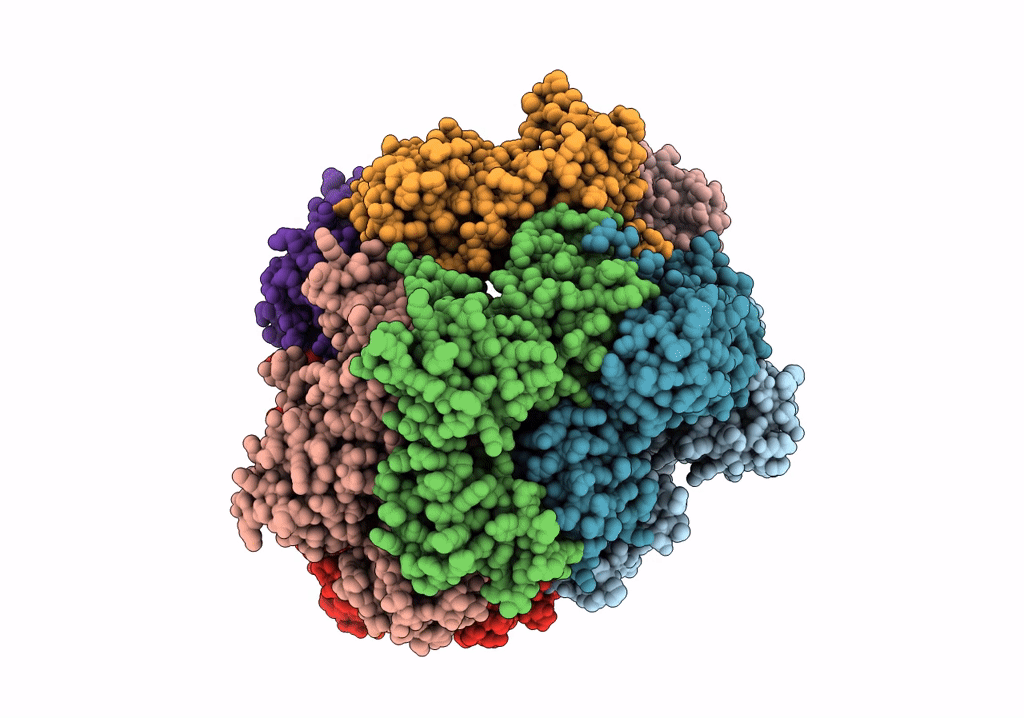
Deposition Date
2022-01-17
Release Date
2022-02-16
Last Version Date
2024-02-21
Entry Detail
PDB ID:
7TKU
Keywords:
Title:
Structure of the yeast clamp loader (Replication Factor C RFC) bound to the open sliding clamp (Proliferating Cell Nuclear Antigen PCNA)
Biological Source:
Source Organism:
Saccharomyces cerevisiae (Taxon ID: 4932)
Host Organism:
Method Details:
Experimental Method:
Resolution:
4.00 Å
Aggregation State:
PARTICLE
Reconstruction Method:
SINGLE PARTICLE


